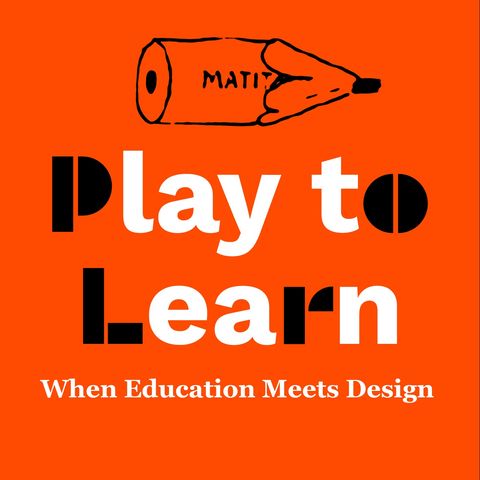
Info
Play to learn is a podcast series of five episodes. A journey through Italy in the 60s and 70s, a story that brings together design and children, doodles, teaching, fairy...
mostra di più
Play to learn is a podcast series of five episodes. A journey through Italy in the 60s and 70s, a story that brings together design and children, doodles, teaching, fairy...
mostra di piùInformazioni
| Autore | ICI London |
| Organizzazione | ICI London |
| Categorie | Design |
| Sito | - |
| - |
Copyright 2024 - Spreaker Inc. an iHeartMedia Company
